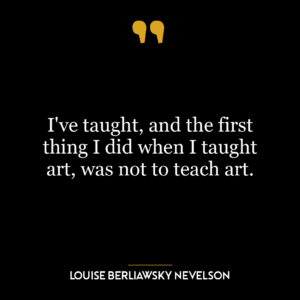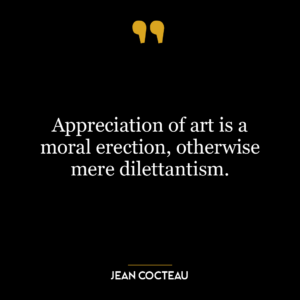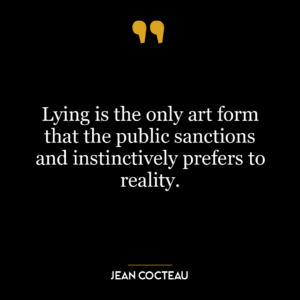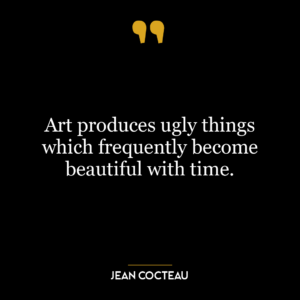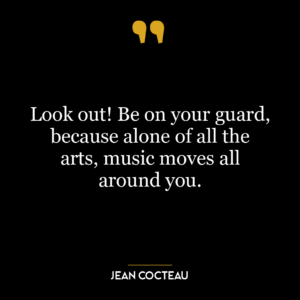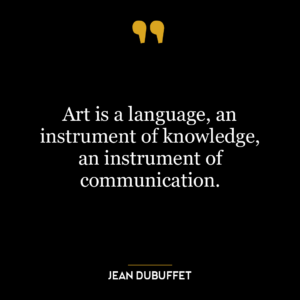“Art is a mediator of the unspeakable” is a profound statement that suggests that art serves as a bridge, a medium through which thoughts, emotions, and concepts that are too complex, too profound, or too painful to be expressed through conventional language can be communicated. Art, in its various forms, transcends the limitations of language, enabling the artist to convey feelings and ideas that are otherwise inexpressible. It’s a way of communicating that goes beyond words, reaching into the realms of the unsaid, the unsayable, the ineffable.
In the context of personal development, this quote can be seen as an encouragement to use art as a tool for self-expression and self-understanding. When we’re unable to articulate our thoughts or feelings, or when we’re dealing with experiences that are too overwhelming to put into words, creating art can help us make sense of these experiences. It can help us process our emotions, gain insights into our inner selves, and communicate our inner world to others.
In today’s world, this idea is more relevant than ever. We live in a complex, fast-paced, and often chaotic world, where we are constantly bombarded with information and stimuli. This can make it difficult for us to process our thoughts and feelings, let alone express them in a coherent and meaningful way. Art offers a way out of this predicament. Whether it’s through painting, music, dance, poetry, or any other form of artistic expression, we can use art to navigate the complexities of our world, to make sense of the chaos, and to communicate our unique perspective to others.
Moreover, in a society that often prioritizes rationality and logic over emotion and intuition, art provides a space where the latter are valued and given a voice. It allows us to express and explore our emotions, our dreams, our fears, and our hopes in a way that is not only accepted but celebrated. In this sense, art serves as a mediator not only between the speakable and the unspeakable but also between the rational and the emotional, the conscious and the unconscious, the known and the unknown.









